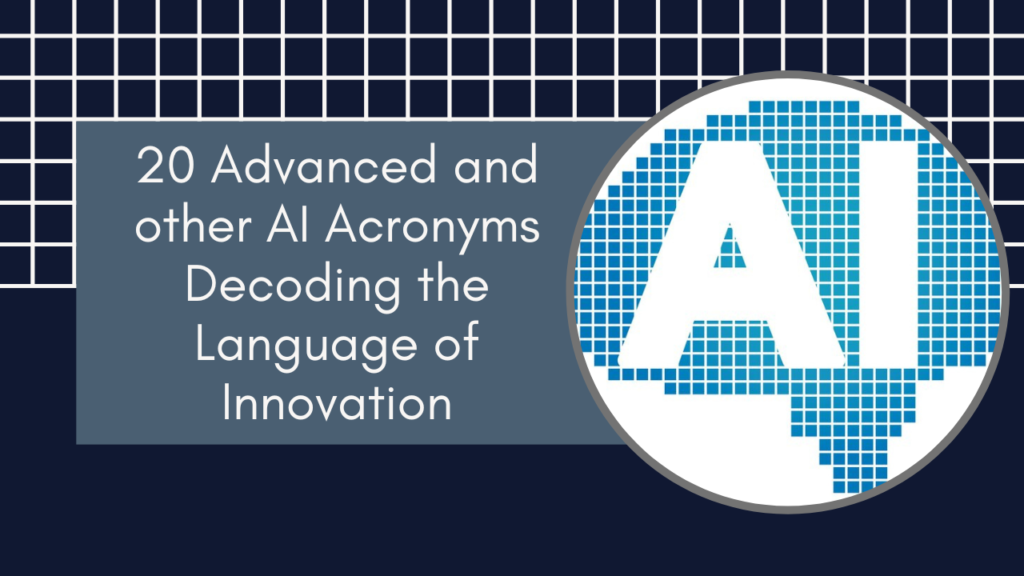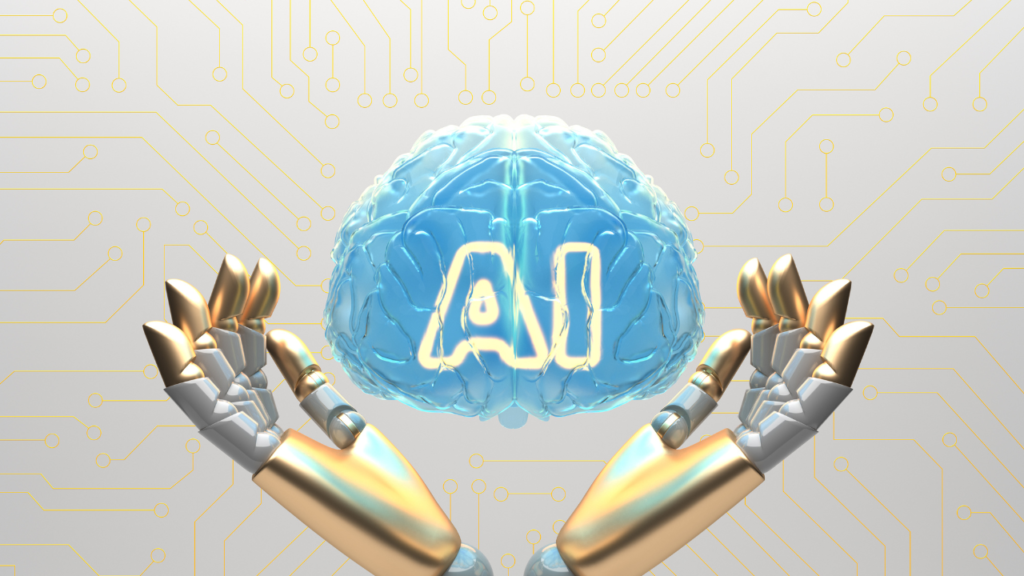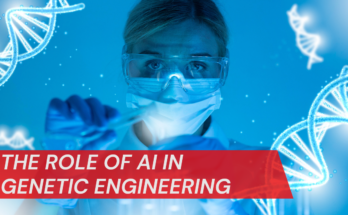20 Advanced and other AI Acronyms: Decoding the Language of Innovation
Introduction
In the quick-paced world of technology acronyms frequently take center stage in discussions. The subject of artificial intelligence is one such area where acronyms are highly valued (AI). Knowing the acronyms becomes crucial for clear communication and comprehension as we work our way through the complexities of artificial intelligence.

The field of artificial intelligence (AI) can be confusing due to its abundance of acronyms and complicated ideas. These acronyms, which range from ANNs to RL, AGI to NLP, are widely used yet can leave people feeling confused. But do not worry, fellow explorer of AI! With the help of this tutorial, you will be able to confidently explore the field by deciphering some of the most often used acronyms in AI.
Importance of Understanding AI Acronyms
The ability to recognize AI acronyms improves communication efficiency in the digital era, when brevity is essential. Having a thorough grasp of the acronyms used can help make navigating the huge ecosystem of AI technology easier.
Common AI Acronyms Decoded
AI: stands for artificial intelligence. The creation of computer systems that are able to carry out activities that normally require human intelligence is known as artificial intelligence (AI), and it is at the core of the technological revolution.
ML: Machine Learning The creation of algorithms that allow computers to learn from experience and get better is the emphasis of machine learning, a subset of artificial intelligence.
NLP: Natural language processing, or NLP By enabling machines to understand, interpret, and produce text that resembles that of humans, natural language processing (NLP) enables communication between humans and computers.
DL: Depth Learning Deep Learning, which is essential for tasks like voice and picture recognition, uses neural networks to mimic human decision-making.

More Common AI Acronyms Decoded:
- CV: Computer Vision – Allowing machines to “see” and interpret the world through images and videos.
- RPA: Robotic Process Automation – Using software robots to automate repetitive tasks.
- NLG: Natural Language Generation – Enabling machines to produce human-like text.
- GAN: Generative Adversarial Networks – Creating new data (e.g., images, music) based on existing examples.
- ANN: Artificial Neural Network – A network of interconnected nodes inspired by the human brain.
- CNN: Convolutional Neural Network – A type of ANN particularly good at image recognition.
- RNN: Recurrent Neural Network – A type of ANN that can process sequential data like text or speech.
- LSTM: Long Short-Term Memory – A type of RNN that can handle long-term dependencies in data.
- AIoT: Artificial Intelligence of Things – Integrating AI with Internet of Things (IoT) devices.
- BIG DATA: Large and complex datasets used in AI and ML applications.
- EDA: Exploratory Data Analysis – Analyzing data to understand its characteristics and patterns.
- API: Application Programming Interface – Allowing different software systems to communicate with each other.
- SDK: Software Development Kit – A set of tools and resources for developers to build software applications.
- AGI: Artificial General Intelligence – Hypothetical future AI with human-level or surpassing intelligence.
- ASI: Artificial Superintelligence – An AGI exceeding human intelligence in all aspects.
- RL: Reinforcement Learning – Where an AI agent learns through trial and error in a simulated environment.
20 Advanced AI Acronyms Demystified:
| Acronym | Stands For – About |
|---|---|
| BAAI | Biologically Inspired Artificial Intelligence – Leverages biological principles like evolution and neural networks. |
| CAFA | Common Agricultural Policy Field Applications – AI for analyzing agricultural data and optimizing practices. |
| DARPA | Defense Advanced Research Projects Agency – Funds and develops advanced AI technologies for the military. |
| DLSS | Deep Learning Super Sampling – Technique for high-quality image upscaling in games and graphics. |
| DQL | Deep Q-Learning – A type of RL where the agent learns from a sequence of rewards and state transitions. |
| FLAML | Fairness, Accountability, and Transparency in Machine Learning – Addressing ethical concerns in AI development. |
| GANomaly | Generative Adversarial Networks for Anomaly Detection – Identifying unusual patterns in data using GANs. |
| IoTML | Internet of Things Machine Learning – Combining IoT devices with ML for data collection and analysis. |
| LIME | Local Interpretable Model-Agnostic Explanations – Explains how ML models make their predictions. |
| MARL | Multi-Agent Reinforcement Learning – Training multiple agents to interact and learn in a shared environment. |
| NLP Pipeline | A sequence of NLP tasks applied to text data, like tokenization, sentiment analysis, etc. |
| NNI | Neural Network Intelligence – Framework for automated neural network architecture search. |
| QAOA | Quantum Approximate Optimization Algorithm – Solves specific optimization problems with quantum computers. |
| REINFORCE | Reinforcement Learning with Independent Estimation – A type of RL for on-policy learning. |
| Self-Play | AI agents playing against themselves to learn and improve without human intervention. |
| Transfer Learning | Using knowledge gained on one task to improve performance on a related task. |
| Transformers | Neural network architecture excelling at natural language processing tasks. |
| XAI | Explainable AI – Making AI models understandable and interpretable. |
| Zero-Shot Learning | Identifying new categories without explicit training examples. |
| μ:Net | Micro Neural Network – Designed for low-power and resource-constrained devices. |
Industry-Specific AI Acronyms
Industry-specific acronyms for AI differ. Healthcare uses abbreviations such as EHR (Electronic Health Record), finance uses RPA (Robotic Process Automation), and retail uses RFID (Radio-Frequency Identification).
Evolution of AI Acronyms
By following the evolution of AI acronyms, we travel from the early phases of AI to the current state of technology. These abbreviations have dynamically changed throughout time to keep up with technological breakthroughs.
The language was somewhat simple in the early days of artificial intelligence, when the notion was still developing. The lexicon of AI became increasingly complicated as the field developed. New developments in artificial intelligence, including GPT (Generative Pre-trained Transformer), are evidence of the field’s constant evolution. GPT, a cutting-edge development in the field, exemplifies where artificial intelligence is now headed. This acronym represents a new methodology, emphasizing the role that pre-training plays in changing the way AI systems comprehend and produce content that is similar to that of humans.

- Keeping Up with AI AbbreviationsOnline groups, forums, and websites are a great way to keep up with the most recent acronyms related to AI. Professionals who participate often stay informed.
- The AI Acronyms of the FutureThe world of acronyms will unavoidably shift as AI develops. Remaining ahead of the curve in the IT industry requires anticipating these changes and comprehending their consequences.
Impact on Job Seekers and Professionals
Conclusion
In conclusion, anybody employed by the IT industry must be able to read and understand the complicated world of acronyms related to artificial intelligence. Being proficient in these acronyms opens doors to fresh perspectives and viewpoints in both daily encounters and job progress.
FAQs
Q1: What are the most common AI acronyms?
A1: The terms artificial intelligence (AI), machine learning (ML), natural language processing (NLP), and deep learning (DL) are frequently abbreviated as AI.
Q2: How can understanding AI acronyms benefit professionals?
A2: Proficient understanding of AI acronyms enhances communication, facilitates career growth, and keeps professionals updated in the dynamic tech landscape.
Q3: Are there any resources specifically tailored for learning AI terminology?
A3: Yes, various online platforms and forums provide tailored resources for learning and staying updated on AI terminology.
Q4: Can AI acronyms be industry-specific?
A4: Indeed, there are frequently industry-specific AI acronyms that are pertinent to their field in sectors like healthcare, banking, and retail.
Q5: What role do AI acronyms play in job interviews?
A5: Acknowledging AI acronyms may show a candidate’s knowledge with industry jargon and impress employers, which is a great advantage during job interviews.

